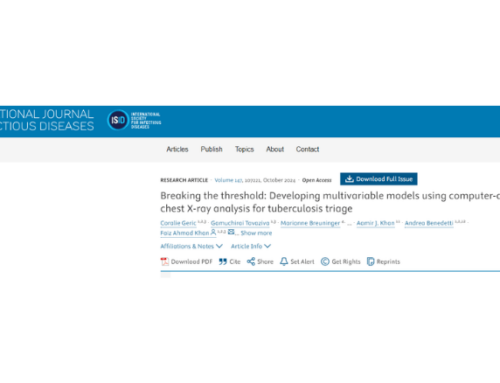Can artificial intelligence (AI) be used to accurately detect tuberculosis (TB) from chest X-rays? An evaluation of five AI products for TB screening and triaging in a high TB burden setting
🔗2021
🔗Journal/Publication: Chronic Diseases and Translational Medicine
🔗Read it in full version: https://doi.org/10.48550/arXiv.2006.05509
Abstract
Artificial intelligence (AI) products can be trained to recognize tuberculosis (TB)-related abnormalities on chest radiographs. Various AI products are available commercially, yet there is lack of evidence on how their performance compared with each other and with radiologists. We evaluated five AI software products for screening and triaging TB using a large dataset that had not been used to train any commercial AI products. Individuals (>=15 years old) presenting to three TB screening centers in Dhaka, Bangladesh, were recruited consecutively. All CXR were read independently by a group of three Bangladeshi registered radiologists and five commercial AI products: CAD4TB (v7), InferReadDR (v2), Lunit INSIGHT CXR (v4.9.0), JF CXR-1 (v2), and qXR (v3). All five AI products significantly outperformed the Bangladeshi radiologists. The areas under the receiver operating characteristic curve are qXR: 90.81% (95% CI:90.33-91.29%), CAD4TB: 90.34% (95% CI:89.81-90.87), Lunit INSIGHT CXR: 88.61% (95% CI:88.03%-89.20%), InferReadDR: 84.90% (95% CI: 84.27-85.54%) and JF CXR-1: 84.89% (95% CI:84.26-85.53%). Only qXR met the TPP with 74.3% specificity at 90% sensitivity. Five AI algorithms can reduce the number of Xpert tests required by 50%, while maintaining a sensitivity above 90%. All AI algorithms performed worse among the older age and people with prior TB history. AI products can be highly accurate and useful screening and triage tools for TB detection in high burden regions and outperform human readers.



